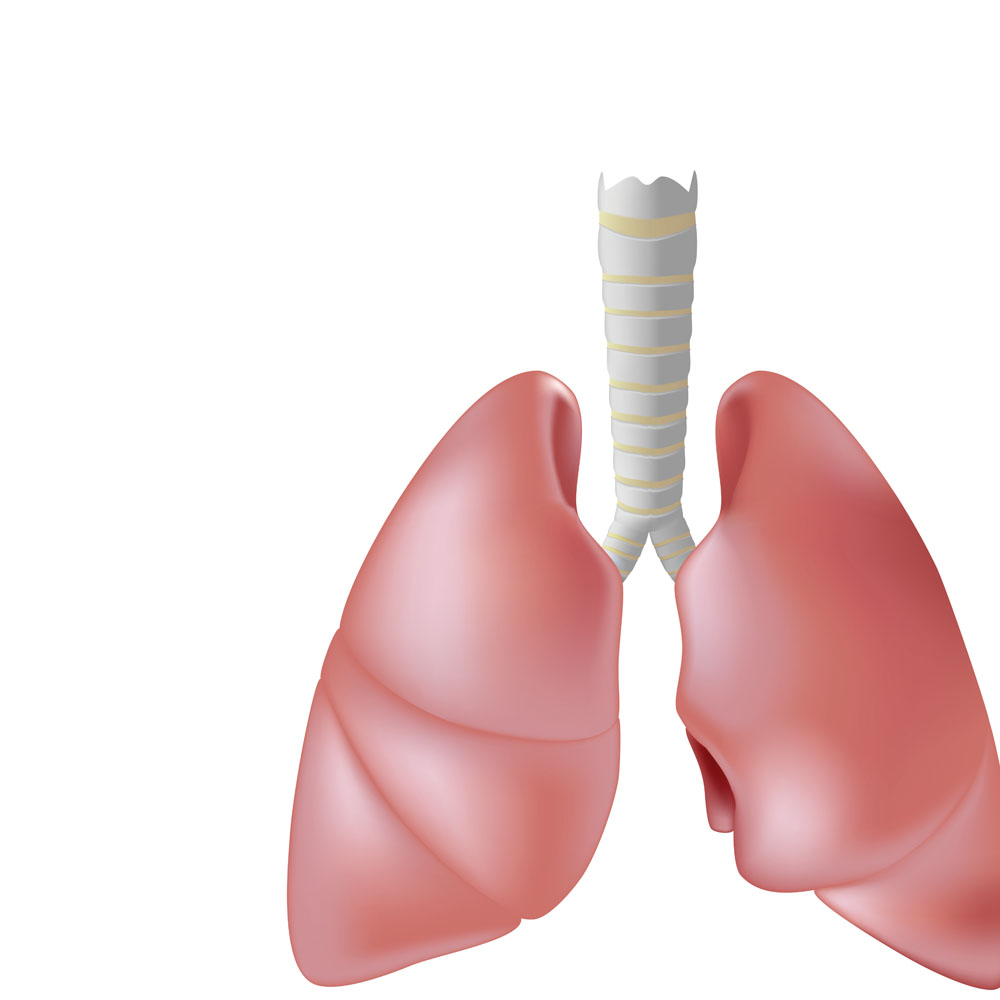
日前eLife杂志上发表了一项突破性成果,科学家们从人类干细胞获得了首个肺类器官,这个3D微型肺可以很好的模拟人类肺部结构和复杂性。
“这个微型肺能够模拟真实的组织应答,是研究器官形成、疾病改变以及药物应答的理想模型,”文章的资深作者,密歇根大学助理教授Jason R. Spence说。
这个肺类器官是在体外生成的,因此缺乏人类肺部的一些组分,比如呼吸时进行气体交换的关键部件——血管。不过肺类器官拥有类似支气管和肺泡的结构,与人类肺部的组织形式非常相似,可以作为动物研究的补充,帮助人们将基础科学转化到临床。
传统上,科学家们是用培养皿培养细胞,然后在二维环境中研究细胞的行为。但机体绝大多数细胞存在于三维环境中,是复杂组织和器官的一部分。人们一直尝试在体外重建这样的环境,已经成功获得了胃、大脑、肝和人类肠道的类器官。这些类器官已经成为了究人类发育和疾病的理想工具。
为了获得肺类器官,研究人员在人类胚胎干细胞和诱导多能干细胞中操纵了好几个控制器官生成的信号传导通路。他们先诱导干细胞生成了内胚层,内胚层存在于早期胚胎,主要形成肺、肝和其他一些内脏。然后,研究人员激活两个重要的发育通路,让内胚层形成三维组织。与此同时他们还抑制了另外两个关键的发育通路,得到了类似胚胎中早期肺的组织,这些组织会自动发展成三维的球形结构。为了进一步使其发育成为肺部组织,研究人员又添加了与肺部发育有关的蛋白。研究显示,最终获得的肺类器官能在体外存活一百多天。
这项研究获得的肺类器官能在体外存活一百多天。研究人员通过RNA测序进行了全面的转录分析,证明肺类器官与人类胎儿的肺非常相似。有此可见,肺类器官可以成为研究人类肺部发育、成熟和相关疾病的理想模型。
原文链接:In vitro generation of human pluripotent stem cell derived lung organoids
Recent breakthroughs in 3-dimensional (3D) organoid cultures for many organ systems have led to new physiologically complex in vitro models to study human development and disease. Here, we report the step-wise differentiation of human pluripotent stem cells (hPSCs) (embryonic and induced) into lung organoids. By manipulating developmental signaling pathways hPSCs generate ventral-anterior foregut spheroids, which are then expanded into human lung organoids (HLOs). HLOs consist of epithelial and mesenchymal compartments of the lung, organized with structural features similar to the native lung. HLOs possess upper airway-like epithelium with basal cells and immature ciliated cells surrounded by smooth muscle and myofibroblasts as well as an alveolar-like domain with appropriate cell types. Using RNA-sequencing, we show that HLOs are remarkably similar to human fetal lung based on global transcriptional profiles, suggesting that HLOs are an excellent model to study human lung development, maturation and disease. - See more

